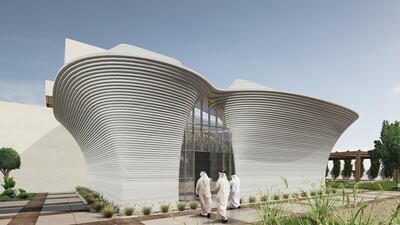












Dubai architecture studio designs 3D printed majlis that can be set up within weeks
'We market to millennials who are investing more in their homes,' says founder

Alexandra Chaves
February 11, 2021
- Listen In English
- Listen In Arabic














February 11, 2021